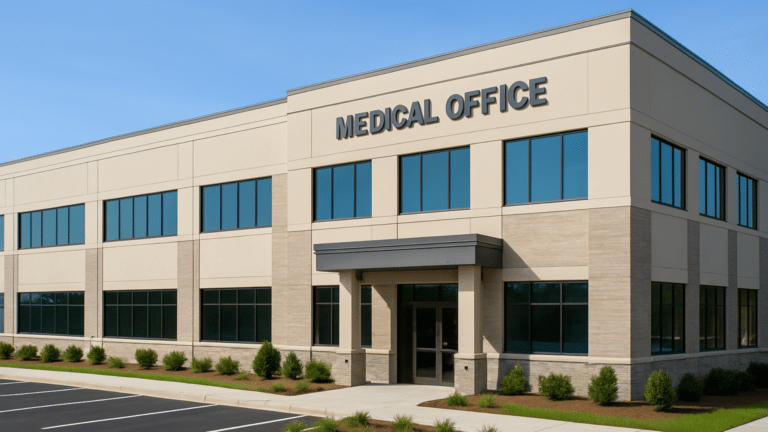How one provider group pinpointed the most profitable spot for expansion.
by Blake Wylie, Chief Technology Officer, Montecito Medical
Imagine this scenario. You’re a leader of a medical practice group, or maybe a small health system. You’re looking to grow in your market area. You know the area well. Your experience and intuition suggest that a particular suburban area would be the best location for your new outpatient medical office or surgery center.
You consult with a commercial real estate broker to find properties in your targeted area suitable for new development or conversion into medical office space. In narrowing your choice, you consider as many criteria as possible based on your knowledge of each property. Is it in a growing area? Is it close to residential neighborhoods, making it more convenient for patients? How close is the nearest hospital? What are the traffic patterns? Is it easy for cars to enter and exit the property? Is there a significant difference between the cost of Location A and Location B? What’s the competitive landscape? Do other providers in your specialty have locations in the area you’re considering?
You spend weeks, or even months, carefully weighing your options before choosing. But in the end, much of that choice comes down to experience and intuition.
How can you be sure that you’ve made the best possible decision? That’s easy. You can’t.
But what if you could apply the power of massive data engines to get a clearer picture of what your most profitable prospective new location looks like? What if you could leverage AI to obtain “amplified intuition” and “actionable insights”—using big data not to replace your judgment and experience but to empower them with information you never had before?
It’s not a pipe dream. The technology exists, and provider groups are harnessing it to make better decisions, operate more profitably, and enhance their competitive position.
Here’s an example. A large, well-established ophthalmology group in a top 50 MSA (metropolitan statistical area) looked to add an eighth location. They knew the market and their competition. Their existing locations were spread in a crescent in suburban areas on three sides of the city.
Based on their experience, the group had tentatively selected one area as its most fertile opportunity for growth. Then, after learning about the opportunity to apply a wealth of data previously unavailable to them, they reran the analysis—and wound up with a startlingly different result.
How?
For the first time, the practice group’s leaders could synthesize enormous volumes of data on market demographics, lifestyle and healthcare profiles, and healthcare utilization by specialty. They gained new insights from local health system and hospital data. They could see referral patterns. They could assign a score to every practice in the market area, including their competitors, based on claim volumes and revenue, and they could use this same data to create comparative rankings for every provider.
They could identify recent growth patterns for the areas they had evaluated for expansion and project growth trends over the next five years. They could project which areas would see the most growth for ophthalmology services. They could also apply these insights down to the level of individual land parcels.
The analysis showed that the group’s intuition had been solid. According to projections based on the data, the location they had identified would be profitable.
But two other potential locations would be even more profitable. Notably, the location projected to be the most profitable was in an area the group’s leaders had not even considered—a fast-growing, affluent suburb where neither the group nor its competitors had yet established a presence.
Based on these augmented insights from big data, the group made a strategic decision that opened the door to more profitability and competitive strength for their practice.
Big data has made that kind of power available to providers who are ready to use it.
Blake Wylie is Chief Technology Officer for Montecito Medical.




